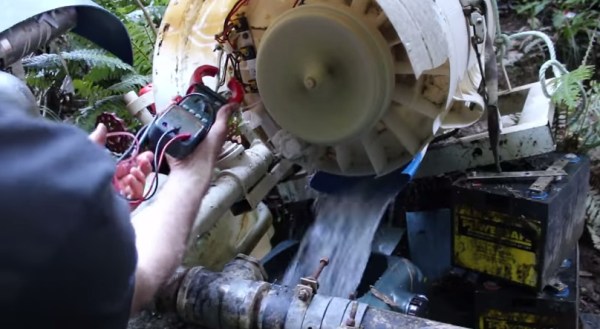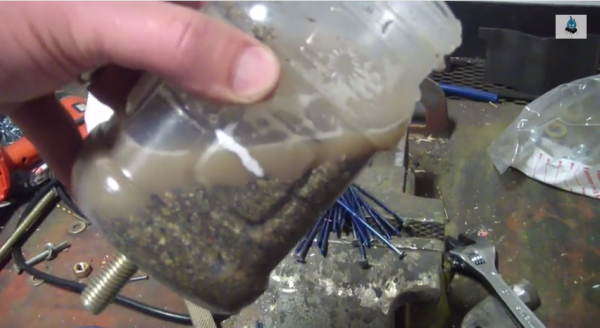One of the hackers over at Bitquark popped a shell on on the Oculus Developer Portal giving him full reign over the special admin panel inside. If he felt so inclined, this allowed him edit users, modify projects, add news articles, edit the dashboard, upload SDK files, and variety of other goodies.
The process started by using a SQL injector called BSQLi to test out parameters, cookies, and headers. Injecting into the header revealed that the Oculus team members were inserting X-Forwarded-For headers directly into the database without proper escape formatting. This got him in the door, and with a little assistance from sqlmap, the database was enumerated, and a pattern was recognized. Oculus passwords that were stored in the DB were heavily hashed. However, the user session variables remained unprotected. A SQL query was quickly built, the latest admin session was promptly extracted, and then the information was plugged in granting access to the portal. A bit more snooping around uncovered that the AJAX eval() preview script wasn’t secured by a CSRF token which could easily be exploited by a malicious hacker.
The findings were then turned into Facebook who paid the guy $15,000 for the first vulnerability plus the privilege escalation attack. $5,000 was then awarded for each subsequent SQL injection as the admin account takeover vulnerability that was found, giving the guy a nice payout for a week’s worth of work.


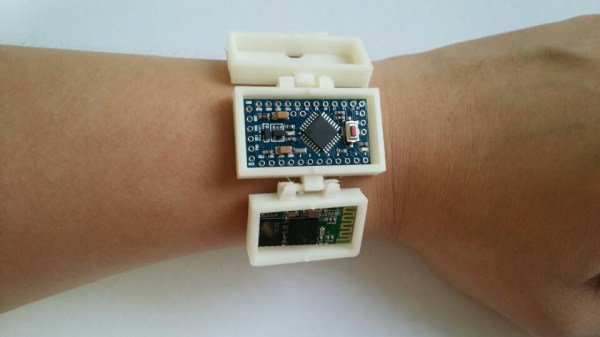

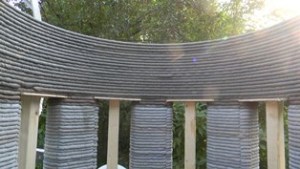
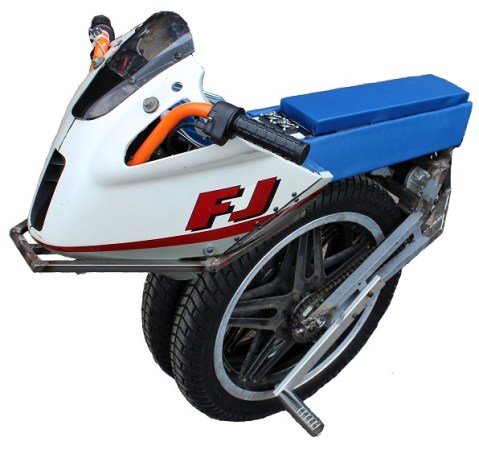
 The project featured in this post is
The project featured in this post is 